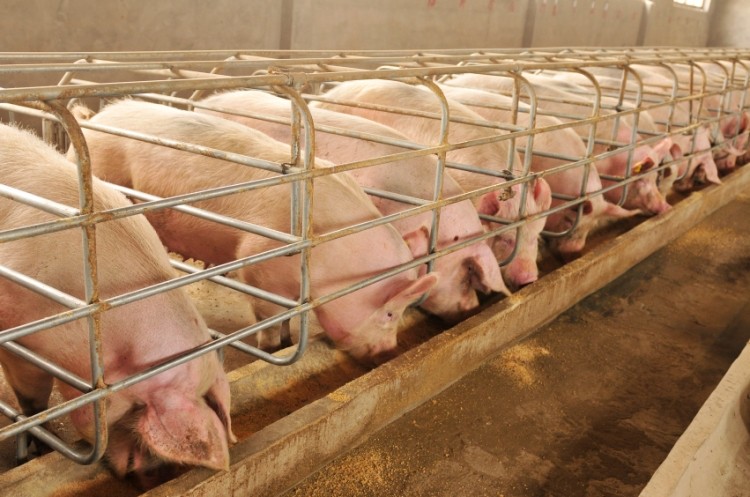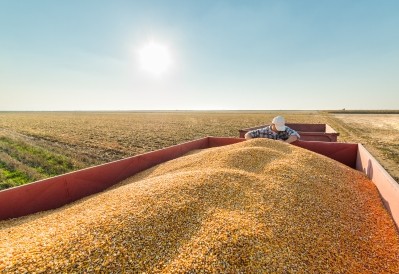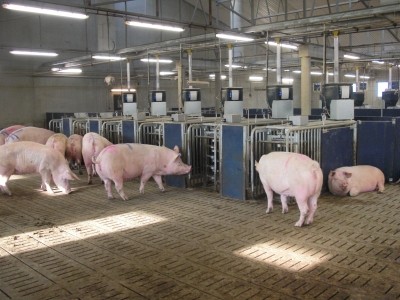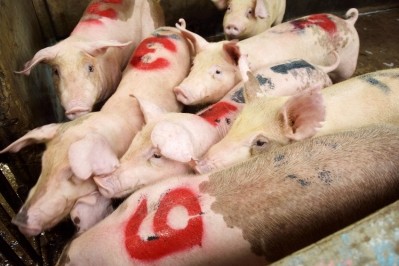Report critiques USDA performance in swine disease outbreaks

The work by the US Governmental Accountability Office (GAO) criticized some of the methods employed by the USDA in light of the Porcine Epidemic Diarrhea virus (PEDv) and Porcine Deltacoronavirus (PDCoV), said officials with the GAO. The two diseases are being called Swine Enteric Coronavirus Disease (SECD).
The report examines the initial response to the SECD outbreaks, USDA's subsequent actions to manage SECD, and steps the agency has taken to improve its future response to emerging animal diseases.
The procedural review was requested by the chairman for the Committee on Energy and Commerce in the US House of Representatives, said John Neumann, director of natural resources and environment at the GAO. That organization has made several suggestions to improve future responses.
The GAO will track and review the measures taken to address its recommendations, he told us. The USDA has been responsive to the suggestions and is willing to make changes, added Neumann.
Report findings
The USDA did not take immediate regulatory action when the first disease outbreaks occurred because some agency members did not think that such a response was necessary, reported the GAO authors.
“By not taking regulatory action, [the] USDA had limited information about the initial geographic distribution of the diseases; their modes of spread; and the locations of the first infected herds, which could have helped identify the source of entry of the diseases in the United States,” they wrote.
The USDA had argued that such action could have had negative financial impacts on the swine industry. Instead, the agency decided that because strains of the disease were active around the world and the US swine industry knew both about the disease and how it was spread, the best process was to allow industry members to act, said GAO officials.
The two porcine viruses were not among those that have to be reported internationally, that they are not lethal to all pigs and that they are not dangerous for consumers, noted the GAO report.
The agency did not follow its guidance because it already knew what the disease was, although that is not an exemption from the USDA’s established procedure, said officials.
“USDA officials acknowledged that [the] USDA did not follow its guidance that calls for conducting epidemiological investigations at the onset of outbreaks,” said GAO officials. “As a result, USDA did not conduct timely investigations of premises with the first infected herds, and the source of disease will likely never be determined.”
In June 2014, amid concerns about the spread of SECD, the USDA did issue a federal order requiring reporting of newly infected herds, noted the GAO review. As a result, USDA has more accurate information about the number and location of such herds, with SECD confirmed in 28 US states.
Potential source of SECD
A retrospective analysis of the disease cause has identified carrier totes often used to transport feed or feed ingredients as a potential source of the SECD outbreak, wrote the GAO team.
“The retrospective root cause study also identified two preventive strategies that could mitigate the potential risk related to totes: (1) not reusing these totes or (2) identifying appropriate cleaning and disinfection procedures for the totes before their reuse to transport products into the United States,” said GAO officials. “USDA has communicated findings of the study to FDA, which, among other things, is responsible for ensuring the safety of feed, and to stakeholders in the feed and swine industry, who, according to USDA, could mitigate risks prior to exposure of animals.”
Future response
The USDA has already drafted new guidance to better manage future outbreaks, said GAO officials. However, more work needs to be done as specific roles and responsibilities have not been defined, which according to its strategic plan are key components of successful collaboration to protect animal health. "Without a clearly defined response to such emerging animal diseases, response efforts
could be slowed," claimed the report authors.
The GAO report can be read here.










